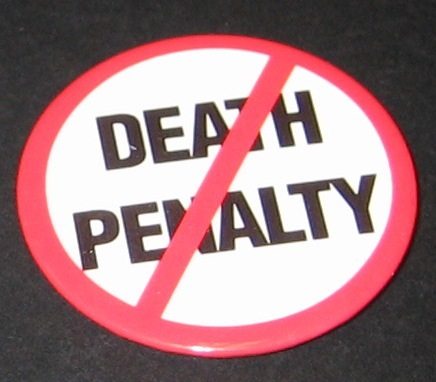
December 18, 2012; Source: Reuters
Currently, 33 states have death penalty statutes in some form, “but few are actually regularly carrying out executions,” says Richard Dieter, executive director of the Death Penalty Information Center, the author of a report released this week that analyzes death penalty data. In 2012, 43 inmates were executed in the United States, which is the same number as in 2011. However, while 13 states accounted for all executions last year, just nine states put prisoners to death this year: Texas (15), Arizona (6), Oklahoma (6), Mississippi (6), Ohio (3), Florida (3), South Dakota (2), Delaware (1) and Idaho (1).
Sign up for our free newsletters
Subscribe to NPQ's newsletters to have our top stories delivered directly to your inbox.
By signing up, you agree to our privacy policy and terms of use, and to receive messages from NPQ and our partners.
Lethal injection, the increasingly dominant method of execution, was used in each case. Several historically active death penalty states in the south did not hold executions this year, including Virginia, the second most active jurisdiction since the Supreme Court effectively reinstated the death penalty in 1976. North Carolina, South Carolina, Alabama, Georgia, Louisiana and Missouri were also inactive on capital punishment in 2012. Dieter also noted that even active death penalty states are putting fewer people to death in recent years, primarily due to the high cost of the practice, the lengthy process to reach a death sentence and the even slower track of carrying out an execution after sentencing, which has taken 20 years in some cases.
Connecticut repealed its death penalty statute this year, becoming one of 17 states without capital punishment. But others are holding firm to their stance in favor of the death penalty. The office of Gov. Rick Perry (R-Texas) states that the governor “supports the death penalty as a fitting and constitutional punishment for the most heinous crimes.” California voters declined to abolish the death penalty, via referendum, in their state this year, though California has not held an execution since January of 2006.
Death penalty sentences also appear to be growing less common. This year, an estimated 78 inmates were reportedly sentenced to death, the second lowest since the reinstatement ruling of 1976. There are a number of nonprofit voices both for and against the death penalty; where do you stand on this controversial issue and where does your organization stand? Do the two differ? –Louis Altman











